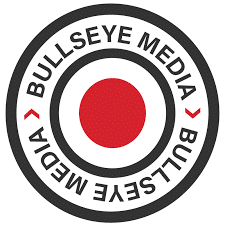
5 Things To Consider When Working With Drones
As fun as it is to fly our drone around at shoots, there’s a lot of prep required before we film and caution while it’s in the air. Here are some things you may not have considered when it comes to flying a drone:
- Your Environment
- Bystanders
- It is highly frowned upon by both law enforcement and people in general to have a drone buzzing above their heads without their prior knowledge and consent.
- Drones can be dangerous, especially when falling out of the air into a big crowd because you hit some power lines.
- Weather/Wind
- Wind direction and speed
- Is it raining?
- Is the wind consistent or gusty?
- Dew point determines how efficiently the props will produce lift
- Potential hazards
- Are there buildings, power lines, trees, vehicles, bridges, aircraft, rock formations, water bodies, highways, water towers, etc.
- Be aware of these and rely on your VO (visual observer)
- Bystanders
- Your Drone
- Battery levels
- Drone, RC, and operating device
- Battery condition
- Any bulging, splitting, smoke, sizzling?
- Battery levels
- Flight Restrictions
- Check your intended flight airspace regulations and restrictions on the AirMap app prior to flight any flight
- Are you flying near (3-5 statute miles) any airports, hospitals, or rural airstrips
- Camera Settings
- Color temp
- Is it overcast, sunny, dusk, dawn, summer, winter, etc.?
- Color profile
- I like the look of the D-Log and Art profiles.
- Shutter speed
- ISO
- Recording format
- Color temp
- Frame Composition
- Needs to serve the story or purpose of the shoot
- Have a clear subject
- Landscapes are nice, but get boring after awhile
- Reveal something with each shot
- Be intentional with your movements and composition

 Previous Article
Previous Article